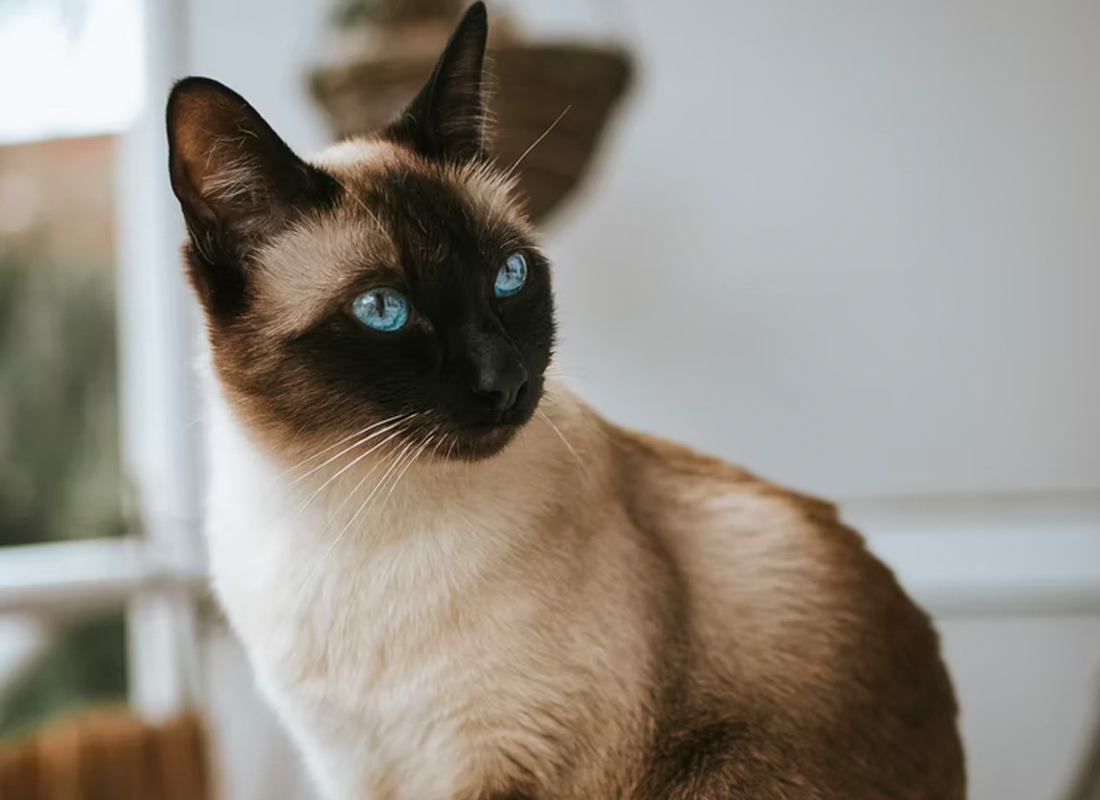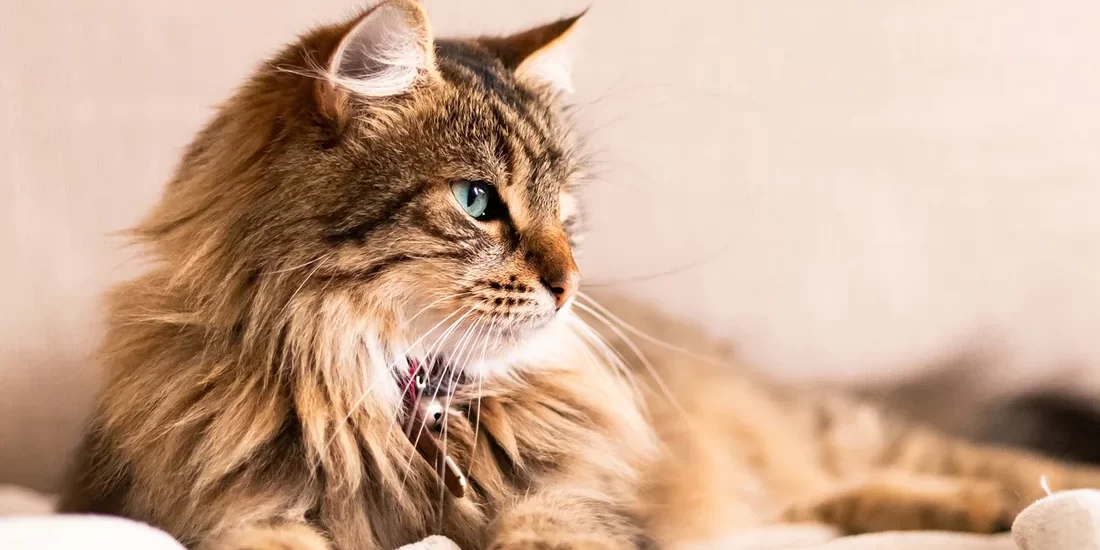[vc_row][vc_column][vc_column_text css=””]
Feeding raw provides more than a palatable diet, it also provides health benefits to help your cat thrive at every meal.
[/vc_column_text][/vc_column][/vc_row][vc_row][vc_column][vc_row_inner content_placement=”middle”][vc_column_inner width=”1/2″][vc_column_text css=””]
Benefits of a raw food diet for cats.
Before figuring out how many grams of raw food to feed your cat, you might want to know all the Bold benefits of a raw diet.
Our favourite felines are obligate carnivores meaning they thrive off a meat-based diet making plant matter hard to digest. With the rise of commercialized cat food, a lot of dry foods are full of highly processed ingredients and poor quality ingredients as found by the New Plymouth District Vet Group.
Beyond the Bold flavour, our raw recipes are made with wholesome ingredients with no added processing such as meat, organ meats and bone to help your cat thrive and provide health benefits at every meal. Those benefits according to Dr. Joanna Woodnutt are:
- More natural approach
- Higher moisture content(ideal for cats, as they often suffer from kidney disease)
- Fewer urinary concerns
- Less poop to scoop in the litter box
- Better dental hygiene
- Can improve allergies
[/vc_column_text][/vc_column_inner][/vc_row_inner][vc_row_inner content_placement=”middle”][vc_column_inner width=”1/2″][vc_column_text css=””]
Raw food diet for cats: pros and cons.
Our Bold bias says there are more pros versus cons when it comes to a raw diet for cats. We even wrote a full blog post on all the benefits. But just like any form of diet there will always be potential cons or obstacles along the way. The cons of a raw diet include:
Sometimes it’s difficult to transition.
- If your cat eats canned food, try mixing it with a small portion of raw food. Slowly increase the amount while decreasing kibble until your cat is eating an exclusively raw diet.
- If your cat eats kibble, try offering the raw food on its own. We do not recommend mixing raw food with kibble. Try starting your favourite feline with our Bold by Nature Cat Turkey or Rabbit recipe. Both recipes contain the lowest fat content and are easy to digest.
Some cats are resistant to a diet change.
- We always recommend rotating your proteins to ensure optimal nutrition when feeding raw and keep your cat interested in their food.
Some cats enjoy grazing and having access to their food all day.
- Unfortunately, this option is not available when feeding raw food.
Processed food has a longer shelf life
- You will have to give your cat time to eat his dinner before heading off to work. We only recommend leaving their raw food down for 15 minutes.
[/vc_column_text][/vc_column_inner][vc_column_inner width=”1/2″][vc_column_text css=””]

Is raw food good for your cat?
By now you know we’re advocates for raw. We’ve seen firsthand how beneficial raw food is for our cats. Beyond the flavour, raw food helps your cat thrive. Our raw cat food is made with wholesome ingredients and no fruits or veggies making our recipes gluten free, sugar free and carbohydrate free. Only the fresh taste of meat, organ meats and bone.[/vc_column_text][/vc_column_inner][/vc_row_inner][vc_row_inner content_placement=”middle”][vc_column_inner width=”1/2″][vc_column_text css=””]
How to get your cat used to raw food.
Before figuring out how many grams of raw food to feed your cat, you want to ensure your cat has eased into a raw diet completely. Here are some tips on making the Bold switch:
- If your cat eats canned food, try mixing it with a small portion of raw food. Slowly increase the amount until your cat is eating an exclusively raw diet.
- If your cat eats kibble, try offering the raw food on its own. We do not recommend mixing raw food with kibble. Try starting your favourite feline with our Bold by Nature Cat turkey or Bold by Nature Cat rabbit recipe, as they contain the lowest fat content and are easy to digest.
[/vc_column_text][/vc_column_inner][vc_column_inner width=”1/2″][vc_column_text css=””]

How many grams of raw food to feed your cat?
Whether you’re looking on feeding raw to your kitten or suffering from kidney disease, our raw recipes are feline approved. We recommend deciding how many grams of raw pet food to feed your cat off their ideal body weight.
- Average adult cats: we often recommend 2.5% of their ideal body weight.
- Active adult cats: We recommend 3% of their ideal body weight.
- Underweight cats: We recommend 3% of their ideal body weight.
- Overweight cats: We recommend 2% of their ideal body weight.
- Senior cats: We recommend 2% of their ideal body weight.
- Kittens: We recommend 5-8% of their current body weight.
Here’s an example. Average adult cat:
- Cat weight: 10 lb.
- 10 x 2.5 % = .25 lb.
- .25 lb. = 4 ounces
- 4 ounces = 113.4 grams
So, you should be feeding your 10 lb adult cat 113.4 grams of raw food at every meal. We also have a feeding calculator to help figure out mealtimes. Feeding guidelines are not an exact science. We always recommend closely watching your cat’s body condition.[/vc_column_text][/vc_column_inner][/vc_row_inner][/vc_column][/vc_row]













